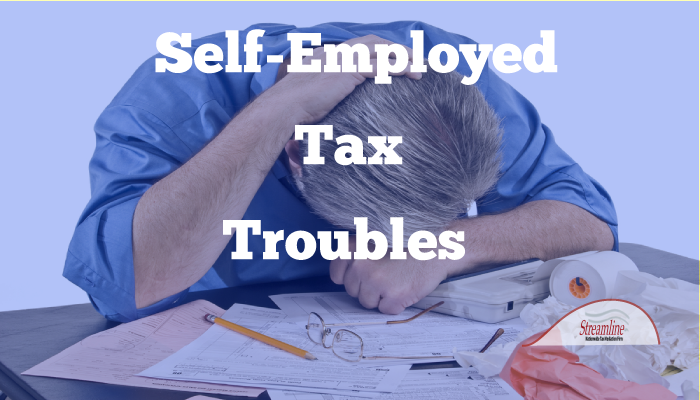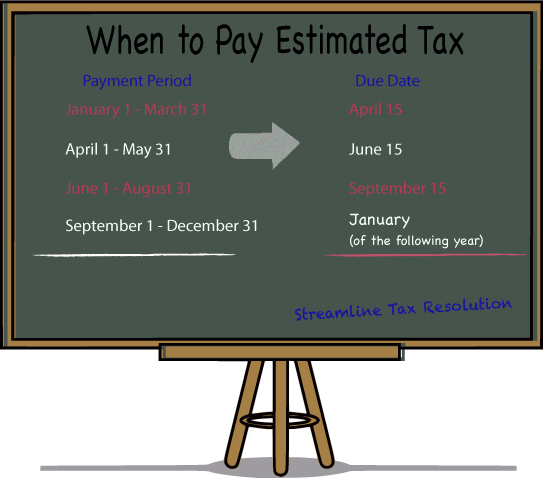Craig Thomas
Latest posts by Craig Thomas (see all)
- Chris Feels Victorious - September 8, 2016
- Are You At Risk of a Levy? - May 26, 2016
- 3 Ways To Survive Your Spouse’s Tax Troubles - February 15, 2016
People often ask me, “how do people fall behind on their taxes?”
I usually respond by explaining that there are many reasons people fall behind on their taxes – life’s circumstances usually being the leading reason – illness, or a family member becomes ill, or passes away. People get divorced, and/or lose their jobs and their income. And sometimes, it’s just a lack of knowledge – people don’t realize there are certain things they need to do to remain compliant with the IRS.
To make matters worse, the tax issue is neglected until it spirals out of control.
Unfortunately, many are not aware of the legitimate programs the IRS offers to taxpayers who cannot pay their full tax liability.
Estimated Tax Payments
Failing to properly file and pay quarterly estimated tax payments is one of the main reasons we see clients come to Streamline Tax Resolution for help with their back taxes. Many of these clients were unaware they were required to make quarterly individual estimated tax payments. Other clients had been impacted by a life event (see above), and could not afford to pay. Once you miss paying these quarterly payments, your tax debt can quickly escalate with penalties and interest the IRS will add on.
How do you know if you should be filing quarterlies?
Who Should File
If your business entity is either a sole proprietorship, partnership, S-corp, or if you are a self-employed individual, generally speaking, you will have to make quarterly estimated tax payments under the following scenario:
You expect to owe more than $1,000 in taxes in the current tax year, after subtracting your withholding and credits. You expect your withholding and credits to be less than the smaller of 90% of the tax to be shown on your current year’s return, or 100% of the tax shown on your prior year’s return.
The best way to estimate the quarterly amount is to use your prior year’s tax return as a guide, and follow the instructions on worksheet 1040-ES.
For additional information, check out Publication 505, Tax Withholding and Estimated Tax.
If you are filing as a corporation, you generally have to make estimated tax payments for your corporation if you expect to owe tax of $500 or more when you file its return. To figure out the estimated taxes owed, you will want to use the following: Form 1120-W, Estimated Taxes For Corporations.
When Are Estimated Taxes Due?
For estimated tax purposes, the year is divided into four payment periods. Each period has a specific payment due date (see below). If you do not pay enough tax by the due date of each payment period, you may be charged a penalty even if you are due a refund when you file your income tax return at the end of the year.
Fallen Behind?
If you have fallen behind with estimated tax payments, and you are facing a tax debt situation which could jeopardize your business, there are usually options available to ease your financial strain. My advice as a ‘first step’ is to contact a Certified Tax Resolution Specialist who will offer a free consultation to determine your next move. Doing just this much could save you from making a costly mistake you will surely regret.








